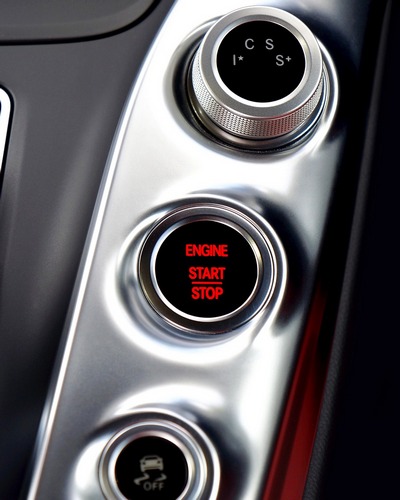The starter refuses to crank, or “oils barely”? Do not rush to write off the old part. The patient is more likely alive than dead. It might just be able to be repaired. Today we are going to tell you the 6 most popular causes of starter failure.
1)Oxidized contacts. Clean the contacts to a metallic sheen with an emery board or sandpaper. Also check the battery terminals and the continuity of the earth connection between the car body and the engine.
2) Faulty starter control circuit. This cause combines several:
-Faulty ignition switch;
-malfunction of starter relay
-failure of wiring integrity in general.
Symptoms are the same – the retractor relay does not work. Therefore, check the wiring.
3)The retractor relay is faulty. The relay may be clicking, but there will be no positive potential at the small output terminal of the retractor. This can be checked with the same “test lamp” or a light bulb on the wires. If there is no contact inside the relay, it is time to replace it.
4) Failure of the starter brushes. Before removing the starter and replacing the brush unit, you need to check its operation without removing it from the engine. To do this you need to take a separate wire and apply voltage to the starter terminal bypassing the retractor relay. If after that the starter does not rotate, it is necessary to remove it and check the brush unit and armature windings.
5) Breakdown of stator and armature windings. It is necessary to check the stator and armature windings for breakdown. This can be done with a multimeter or megohmmeter. The continuity of the windings should also be checked for breakdown. If the lamp is on, it means that the windings are “carated” to the common ground. The same principle is used for the megohmmeter, if between the case and the windings shows at least some resistance value, then there is a breakdown.
6) Breakage of the teeth of the bendix and the flywheel crown. This cause is characterized by a loud grinding and ringing in the starter. It arises as a result of an uneven installation of the starter or a bad approach of the bendix in the meshing. In both cases, the result will be quite “deplorable”. It is better not to delay with the replacement of the belt pulley.
Do not rush to change your starter. To find the right one for you and its parts, it is desirable to write down its marking, since parts of starters and alternators are selected by the number of the unit itself.

